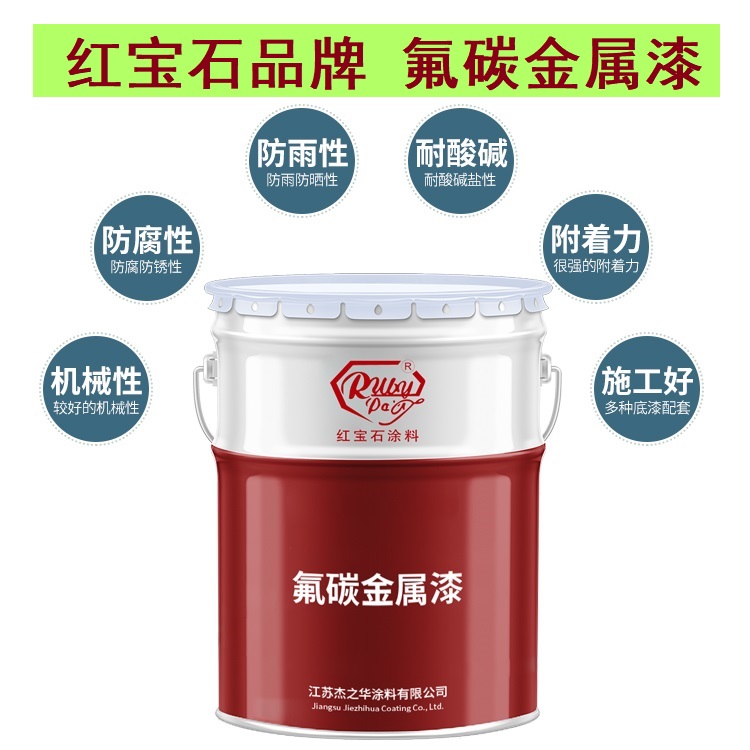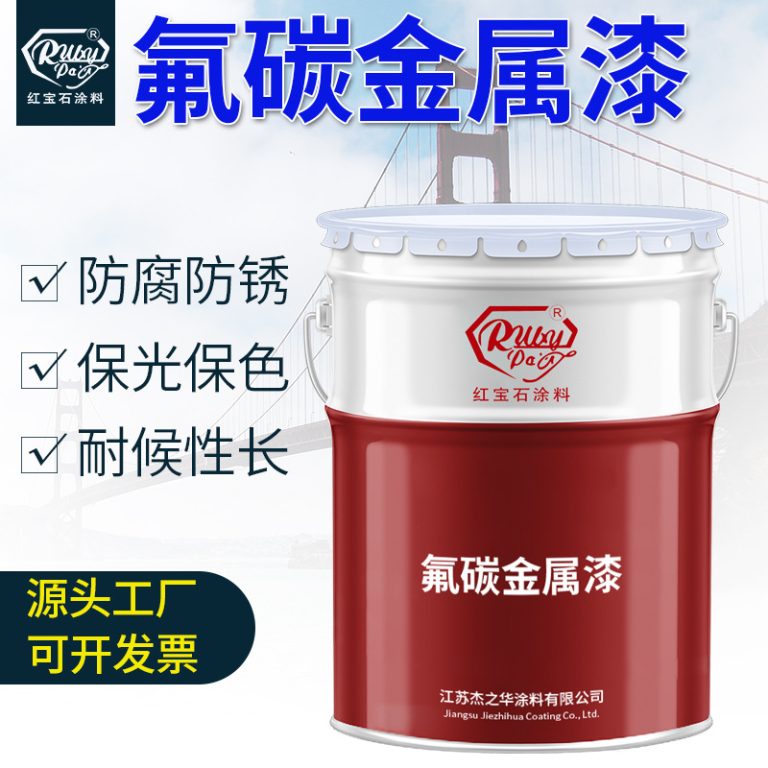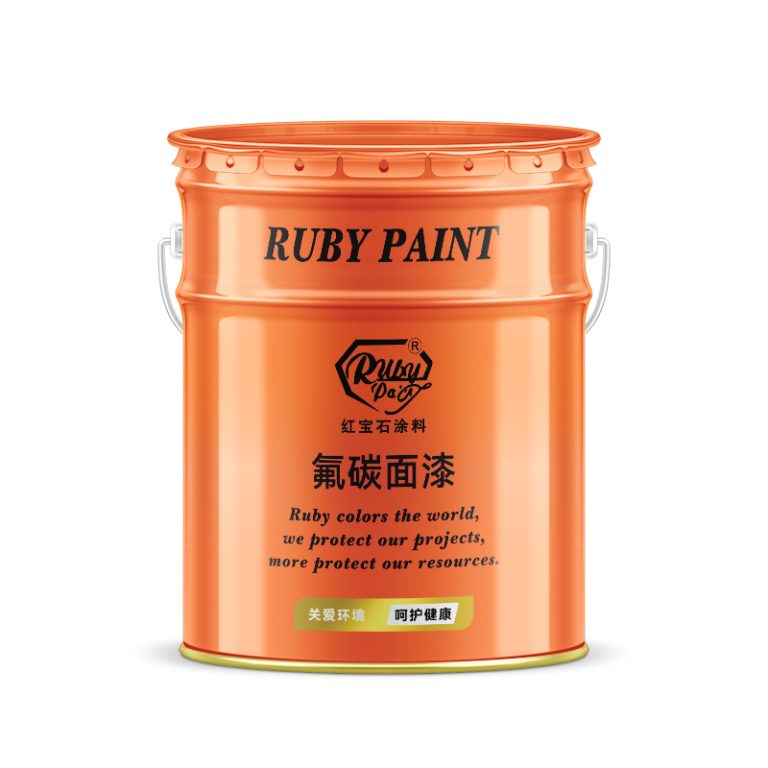Table of Contents
Preparing Surfaces for Epoxy Resin Paint Application
Is Epoxy Resin Paintable?
| Serial No. | Product |
| 1 | Epoxy Zinc rich paint |
Epoxy resin, a durable and versatile polymer, is widely used for a variety of applications, from floor coatings to art projects. Its popularity stems from its strong adhesive properties, high chemical resistance, and ability to form a protective, glossy layer over surfaces. However, one question that often arises is whether epoxy resin can be painted over. The answer is yes, but the success of painting over epoxy resin depends largely on the preparation of the surface.
Before applying paint to an epoxy resin-coated surface, it is crucial to ensure that the surface is properly prepared to promote adhesion. The first step in this preparation process is to clean the surface thoroughly. Any contaminants such as oil, grease, or dust can prevent the paint from adhering correctly, leading to peeling or chipping over time. A combination of mild detergent and water can be used for cleaning, followed by a wipe-down with a solvent such as acetone to remove any remaining residues.
Once the surface is clean, the next step is to create a profile for the new paint to adhere to. Epoxy resin typically cures to a very smooth finish, which can be problematic for paint adhesion. To address this, the surface should be sanded to create a rougher texture. Fine-grit sandpaper is often recommended for this task, as it can scuff the surface without causing deep scratches that might be visible through the paint. After sanding, it is important to remove all the dust created by this process, as it can also interfere with paint adhesion.
In addition to mechanical preparation, chemical etching can be used to prepare the epoxy resin surface for painting. This involves applying a chemical etcher that slightly dissolves the surface, creating a more porous and receptive layer for the paint. However, this method requires careful handling and adherence to safety guidelines, as the chemicals involved can be hazardous.
After the surface has been cleaned, sanded, and/or etched, it is advisable to apply a primer before painting. A primer serves as an intermediary layer that improves the adhesion of paint to the surface and can also help to block potential stains from bleeding through the paint. When selecting a primer, it is important to choose one that is compatible with both the epoxy resin and the type of paint being used.
When it comes to the choice of paint, not all types are suitable for use over epoxy resin. Epoxy-based paints are often the best match, as they can bond well with the underlying epoxy layer. Other types of paint, such as acrylic or urethane, can also be used, provided they are formulated to adhere to non-porous surfaces. It is essential to read the manufacturer’s recommendations and possibly test the paint on a small, inconspicuous area of the resin to ensure compatibility and desired results.
In conclusion, painting over epoxy resin is indeed possible, but it requires meticulous surface preparation to ensure a successful outcome. Cleaning, sanding, and priming are key steps in creating a surface that will accept and hold paint effectively. By following these steps and choosing the right type of paint, one can refresh or change the color of an epoxy resin-coated surface, extending its life and enhancing its aesthetic appeal. With careful preparation, the painted epoxy resin will maintain its durability and continue to serve its intended purpose for years to come.
Techniques for Painting Over Epoxy Resin Coatings
Is Epoxy Resin Paintable?
Epoxy resin, a durable and versatile polymer, is renowned for its strong adhesive properties, glossy finish, and resistance to moisture and chemicals. It is commonly used as a coating for floors, countertops, and as a sealant for various craft projects. However, there comes a time when one might wish to refresh or change the color of an epoxy-coated surface. The question then arises: is epoxy resin paintable? The answer is affirmative, but the process requires careful preparation and the right techniques to ensure a successful and lasting finish.
To begin with, it is essential to understand that epoxy resin’s smooth and non-porous surface can make it challenging for new paint to adhere properly. Therefore, the key to painting over epoxy resin lies in the surface preparation. The surface must be clean and free of any contaminants such as oil, grease, or dust. A thorough cleaning with a degreaser or a mild detergent, followed by a rinse with clean water, is crucial. After cleaning, the surface should be allowed to dry completely before proceeding to the next step.
Once the surface is clean, the next step is to create a rough profile for the new paint to grip onto. This can be achieved by lightly sanding the epoxy resin with fine-grit sandpaper. Sanding should be done evenly across the surface to avoid creating uneven textures that could show through the final painted finish. After sanding, it is important to remove all the dust with a tack cloth or a damp rag to ensure a clean surface for painting.
| Serial No. | Product |
| 1 | Epoxy Zinc rich paint |
The choice of primer is another critical factor when painting over epoxy resin. A high-quality bonding primer is recommended as it is specifically designed to adhere to glossy surfaces and will provide a suitable base for the paint to stick to. The primer should be applied according to the manufacturer’s instructions, and sufficient time should be allowed for it to dry thoroughly. In some cases, more than one coat of primer may be necessary to achieve the best results.

When it comes to selecting the paint, not all types are suitable for use over epoxy resin. A paint that is compatible with the primer and designed for use on non-porous surfaces should be chosen. Two-component epoxy paints or urethane-based paints are often recommended for their durability and strong adhesion properties. These paints will form a hard, durable surface over the epoxy resin, which is resistant to wear and tear.
Applying the paint requires patience and attention to detail. It is advisable to use a high-quality brush or roller to apply the paint evenly and to avoid leaving brush marks or roller stipple. Depending on the type of paint used, several coats may be necessary to achieve full coverage and the desired color depth. Each coat should be allowed to dry completely before applying the next, as per the manufacturer’s recommendations.
In conclusion, while epoxy resin can indeed be painted over, the success of such a project hinges on meticulous surface preparation, the right choice of primer and paint, and careful application. By following these techniques, one can effectively refresh or alter the appearance of an epoxy resin-coated surface, ensuring a professional and long-lasting finish. Whether for aesthetic reasons or maintenance purposes, painting over epoxy resin is a viable option for those looking to revitalize their surfaces.
The Durability of Painted Epoxy Resin Surfaces
Is Epoxy Resin Paintable? The Durability of Painted Epoxy Resin Surfaces
Epoxy resin, a thermosetting polymer known for its strong adhesive qualities and durability, is widely used in various applications ranging from art and crafts to industrial flooring. Its popularity stems from its resistance to wear and tear, its ability to form a protective, glossy coating, and its versatility in being combined with various pigments and additives. However, one question that often arises is whether epoxy resin can be painted over once it has cured. This inquiry is particularly relevant for those looking to refresh or update the appearance of an epoxy-coated surface without stripping away the existing layer.
The answer is affirmative; epoxy resin can indeed be painted, but there are specific considerations to ensure the longevity and durability of the painted surface. The key to successfully painting over epoxy resin lies in surface preparation and the choice of paint. Before applying paint, the epoxy surface must be thoroughly cleaned to remove any contaminants such as grease, oils, or dust that could prevent the paint from adhering properly. Once cleaned, the surface should be sanded to create a rough texture that will allow the paint to grip onto the epoxy resin more effectively.
After the surface has been prepared, a suitable primer should be applied. The primer acts as an intermediary layer that enhances the adhesion between the epoxy resin and the paint. It is crucial to select a primer that is compatible with both the epoxy resin and the type of paint being used. Skipping this step can lead to peeling or flaking of the paint over time, compromising the aesthetic and protective qualities of the epoxy coating.
When it comes to choosing the paint, not all types are suitable for application over epoxy resin. Epoxy-based paints or two-component paints that cure chemically are generally recommended because they form a stronger bond with the underlying epoxy layer. These paints are also resistant to chemicals, abrasion, and UV light, which contributes to the overall durability of the painted surface. Water-based acrylic paints can also be used, but they may not offer the same level of durability as epoxy-based paints.
Once the appropriate paint has been selected and applied, it is essential to allow sufficient curing time. The curing process is critical for the paint to achieve its full strength and adhesion properties. Rushing this stage can lead to a painted surface that is more susceptible to damage and wear.
The durability of painted epoxy resin surfaces is largely dependent on the conditions to which they are exposed. In high-traffic areas or environments with harsh chemicals, even a well-prepared and painted epoxy surface may show signs of wear over time. Regular maintenance, such as cleaning and touch-ups, can help extend the life of the paint and maintain the protective qualities of the epoxy resin underneath.
In conclusion, painting over epoxy resin is a viable option for those looking to revitalize or change the color of an existing epoxy-coated surface. With proper surface preparation, the use of compatible primers and paints, and adequate curing time, the painted epoxy resin surface can retain its durability and continue to provide a robust protective layer. However, it is important to recognize that the longevity of the painted surface will also be influenced by environmental factors and usage, necessitating periodic maintenance to preserve its appearance and functionality.






